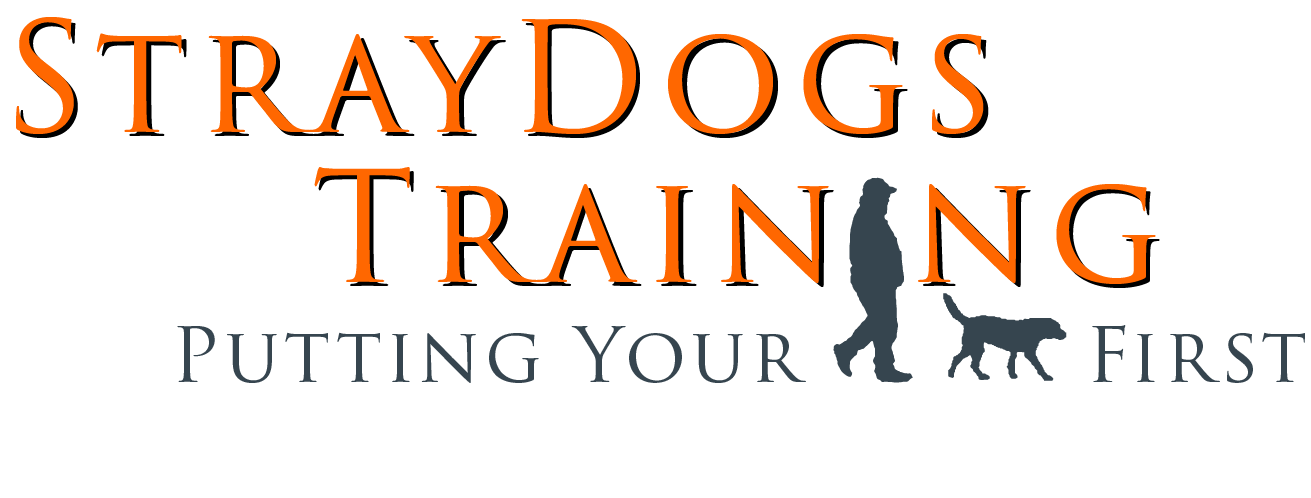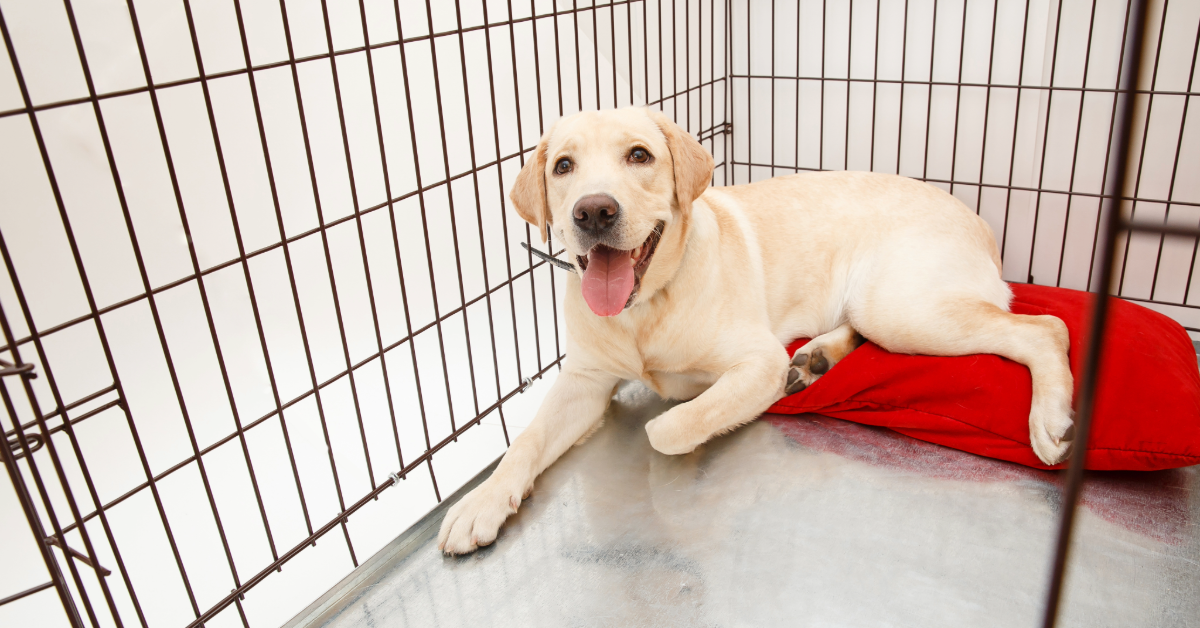Why Crate Training Matters—At Every Age
Most dog owners associate crate training with raising a puppy. But here’s the truth: crate training is a vital skill for dogs of all ages. Whether you have a wiggly adolescent, a newly adopted adult, or a seasoned senior, teaching your dog to rest comfortably in a crate is one of the most valuable gifts you can give them.
From emergency evacuations to vet visits to stress-free travel, crate comfort can turn a high-stress situation into a manageable one.
When Crate Training Makes a Difference
🏥 Veterinary Visits and Hospital Stays
Whether it is a scheduled surgery or an unexpected overnight stay, your dog will be crated at the vet. If they already feel safe and secure in a crate, they are less likely to panic, bark, or resist handling.
Real-World Benefit: A dog who willingly enters a crate is easier to treat, recover faster, and experiences less emotional distress.
🚗 Safe and Stress-Free Travel
Whether you are headed to a friend’s house, going on vacation, or evacuating for a natural disaster, a crate-trained dog is a safe dog. Crates prevent injury in the car and reduce anxiety when arriving somewhere unfamiliar.
Travel Pro Tips:
- Use a crash-tested crate for road trips
- Crate your dog in hotels or rental homes for safety and peace of mind
- Teach your dog to settle in a crate in various environments, not just at home
🌪️ Emergencies and Evacuations
In any disaster scenario—tornado, fire, flood—evacuation shelters and hotels require dogs to be crated. Crate-trained dogs can be safely transported and cared for by others when needed.
Preparedness Tip:
Add a collapsible crate to your go-bag or emergency kit. Practice loading your dog calmly into it, just like a fire drill.
How to Crate Train an Adult Dog
Start Where They Are—Not Where You Wish They Were
Adult dogs may come with crate baggage—fear, confusion, or frustration. Start slow. This is a comfort-building exercise, not a battle of wills.
🐾 Step-by-Step Tips:
1. Choose the Right Crate
- Big enough for the dog to stand, turn, and lie down comfortably
- Covered crates (like airline-style) often feel cozier for anxious dogs
2. Make it Inviting
- Feed meals in the crate
- Toss treats or chew toys inside
- Keep the door open while they explore
3. Build Positive Associations
- Reward calm behavior near or inside the crate
- Use a release word to let them out—never force entry or exit
4. Short Sessions at First
- Start with 30 seconds, then a minute, then five
- Always release before whining starts, not during
5. Create a Calm Routine
- Use the crate for naps, quiet time, or post-walk wind-downs
- Avoid only using it when leaving the house—this builds negative associations
Common Crate Training Mistakes to Avoid
- Using the crate as punishment – The crate should be a safe zone, not a time-out corner.
- Rushing the process – Skipping steps leads to barking, whining, or crate resistance.
- Lack of consistency – Sporadic use confuses your dog. Make it part of daily life.
- Only crating when leaving – This builds anxiety around your departure.
Crate Training is a Lifelong Skill
Crate training is not just about obedience—it is about emotional security and physical safety. Your dog will encounter crates throughout life, whether you plan for it or not.
Dogs who are crate-trained:
- Travel better
- Handle emergencies with less stress
- Recover from injury or illness more easily
- Can be safely cared for by vets, groomers, and sitters
- Get more opportunities for inclusion—because they are easier to manage
Takeaway: Crate Comfort is Peace of Mind
Crate training is not just a puppy phase. It is a skill that provides lifelong value to your dog and peace of mind to you. The earlier you start, the better—but it is never too late.
Whether you are prepping for a vet stay, planning a trip, or just want a calmer household, crate training is one of the smartest things you can do for your dog.
🐶 Need Help with Crate Training?
Struggling to get your adult dog comfortable in a crate? We can help.
Check out our in-home training programs or schedule a consultation to get personalized guidance tailored to your dog’s needs.

